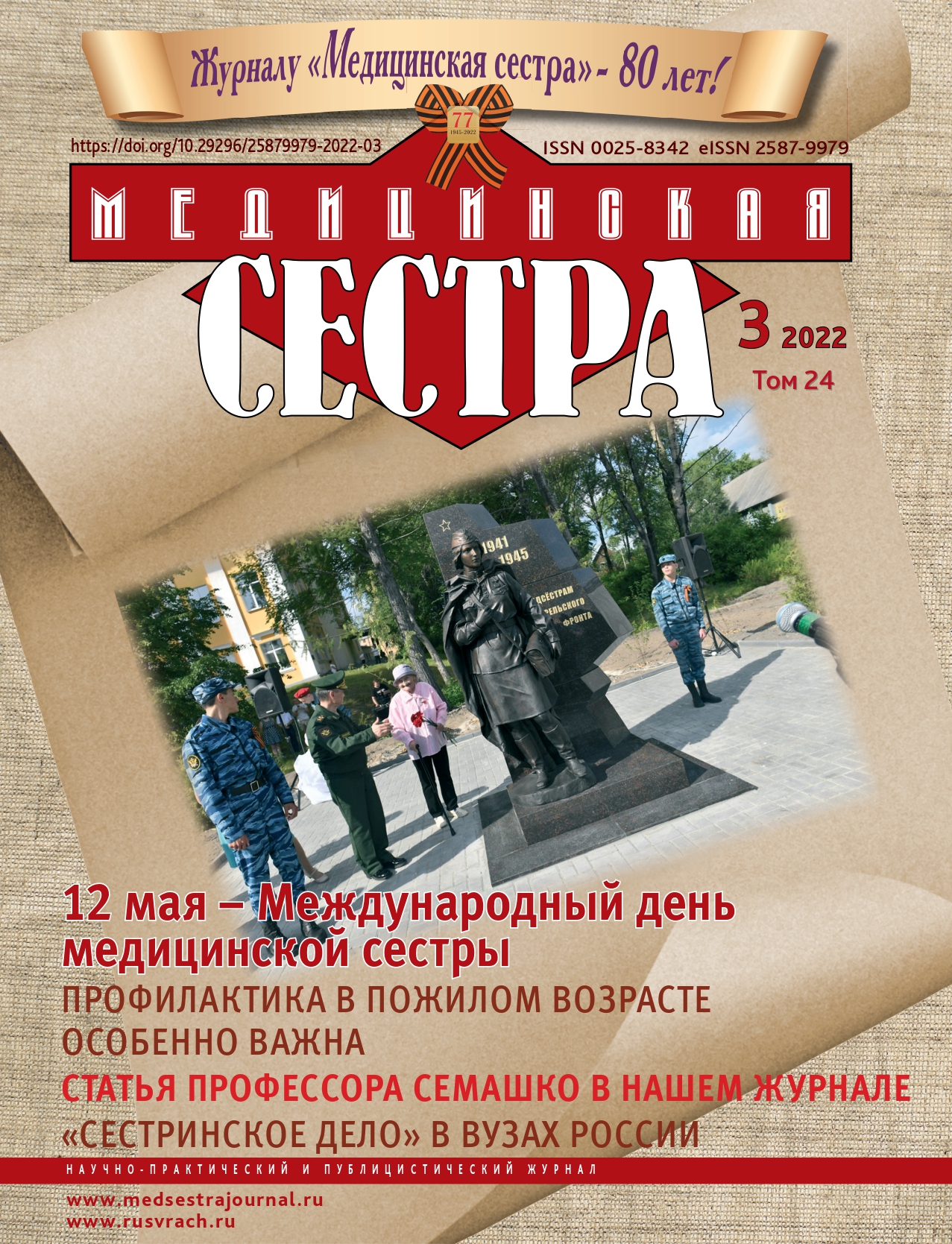Sosnowski’s hogweed and photochemical dermatitis
- Authors: Kutsenko V.P.1, Kovaleva D.D.1, Mironova N.R.1, Ledentsova S.S.1, Peresada E.I.2, Seliverstov P.V.3
-
Affiliations:
- St. Petersburg Pediatric University University of the Ministry of Health of the Russian Federation, Ministry of Health of the Russian Federation
- AO «North-Western Center of Evidence-based Medicine»
- North-Western State Medical University named after I.I. Mechnikov of the Ministry of Health of the Russian Federation
- Issue: Vol 24, No 3 (2022)
- Pages: 11-14
- Section: Articles
- URL: https://journals.eco-vector.com/0025-8342/article/view/113921
- DOI: https://doi.org/10.29296/25879979-2022-03-03
- ID: 113921
Cite item
Abstract
The article presents general information about the pathogenesis, clinical picture, diagnosis, as well as the treatment of phytophotodermatitis that occurs upon contact with the juice of Hogweed Sosnowski. The features of the course of the disease are described. The main preventive measures when working with cow parsnip are outlined.
Full Text
About the authors
Valery P. Kutsenko
St. Petersburg Pediatric University University of the Ministry of Health of the Russian Federation, Ministry of Health of the Russian Federation
Author for correspondence.
Email: val9126@mail.ru
ORCID iD: 0000-0001-9755-1906
Candidate of Medical Sciences, Associate Professor of the Department of Extreme Medicine, Traumatology, Orthopedics and Military Field Surgery
Russian Federation, 194100, St. Petersburg, Litovskaya str., 2Darya D. Kovaleva
St. Petersburg Pediatric University University of the Ministry of Health of the Russian Federation, Ministry of Health of the Russian Federation
Email: dasha753k@gmail.com
ORCID iD: 0000-0002-6236-4526
student
Russian Federation, 194100, St. Petersburg, Litovskaya str., 2Nana R. Mironova
St. Petersburg Pediatric University University of the Ministry of Health of the Russian Federation, Ministry of Health of the Russian Federation
Email: zarnadzenana@yandex.ru
ORCID iD: 0000-0003-1396-8267
Candidate of Medical Sciences, Associate Professor of the Department of Extreme Medicine, Traumatology, Orthopedics and Military Field Surgery
Russian Federation, 194100, St. Petersburg, Litovskaya str., 2Svetlana S. Ledentsova
St. Petersburg Pediatric University University of the Ministry of Health of the Russian Federation, Ministry of Health of the Russian Federation
Email: led23@mail.ru
ORCID iD: 0000-0001-9897-5989
Teaching Assistant of the Department of General Practice
Russian Federation, 194100, St. Petersburg, Litovskaya str., 2Ekaterina I. Peresada
AO «North-Western Center of Evidence-based Medicine»
Email: ekaterina.bezvulyak@mail.ru
ORCID iD: 0000-0003-1809-4597
head of the testing laboratory
Russian Federation, 196158, St. Petersburg, Pulkovskoe Highway, 28APavel V. Seliverstov
North-Western State Medical University named after I.I. Mechnikov of the Ministry of Health of the Russian Federation
Email: seliverstov-pv@yandex.ru
ORCID iD: 0000-0001-5623-4226
Candidate of Medical Sciences, Associate Professor of the Department of Internal Diseases, Clinical Pharmacology and Nephrology
Russian Federation, 191015, St. Petersburg, Kirochnaya str., 41References
- Andreeva L.V. The content of coumarins in Sosnowski’s hogweed depending on the region of its growth. – «Modern approaches to the development of agro-industrial and forestry complexes, problems, trends, prospects» Collection of materials of the All-Russian scientific and practical conference. Veliky Novgorod: Novgorod State University. Yaroslav the Wise, 2021. 155–159.
- Zorikov P. S., Chernyak D. M., Yurlova L. Yu., et al. The content of furocoumarins in Sosnowsky’s hogweed (Heracleum sosnowskyi) Natural and technical sciences. 2012; 6 (62): 152–154.
- Kondratiev M. N., Budarin S. N., Larikova Yu. S. Physiological and ecological mechanisms of invasive penetration of Sosnovsky’s hogweed (Heracleum sosnowskyi Manden) into unused agroecosystems. Izvestiya Timiryazevskaya Agricultural Academy. 2015. No. 2. P. 36–49.
- Kuznetsova G. A. Natural coumarins and furocoumarins Ed. dr. chem. Sciences G. V. Pigulevsky and corresponding member. USSR Academy of Sciences Al. A. Fedorova. L.: Nauka, 1967. 240 p.
- Laman N.A., Prokhorov V.N., Maslovsky O.M. Giant cow parsnip are dangerous invasive species for natural complexes and the population of Belarus. Institute of Experimental Botany. VF Kuprevich NAS of Belarus. Minsk, 2009; 4–22.
- Luneva N.N. Sosnovsky’s hogweed in Russia: current status and relevance of its early suppression. Herald of plant protection. 2013;(1): 29–43.
- Sidorovich O.I., Tsyvkina E.A. Photodermatosis: prevention and treatment. Medical advice. M.: Remedium Group LLC, 2018; 132–134.
- Simonova A.Yu., Belova M.I., Ilyachenko K.K. et al. Photochemical dermatitis due to contact with Sosnovsky’s hogweed juice. Urgent Medical Care. 2020; 9 (4): . 2020. - Р. 653–658.
- Tamrazova O.B., Seleznev S.P., Tamrazova A.V. Phytodermatitis in children caused by Sosnovsky’s hogweed. Pediatrics. Consilium Medicum. 2019; 2: 53–57. doi: 10.26442/26586630.2019.2.190418
- Yarovaya N.F. Photodermatoses Attending physician. 2009; 5: 26–30.
- Habif T. P. Skin Disease. Diagnosis and Treatment / Habif T. P. Elsevier: Mosby, 2005. 662 p
- Klepov I.D. Puzyristye dermatity ot lugovogo rasteniya borshchevika. Vestnik Dermatologii i Venerologii. 1960; (3): 34. (In Russ.)
- Komissarenko NF, Zoz IG, Chernobay VT, Kolesnikov VG. Kumariny plodov borshchevikov i taksonomiya. Biokhimiya. 1961; 26 (6): 980–983. (In Russ.)
- Vinokurov GI. O dermatite,vyzyvaemom rasteniem sladkiy borshchevik. Military Medical Journal. 1965; (7): 34. (In Russ.)
- William D. J. Andrews’ diseases of the skin. Clinical dermatology. 10 Ed. D. J. William, G.B. Timothy, M. E. Dirk. Elsevier: Mosby, 2006. 961 р.
Supplementary files









